No, cinnimin is not a real spice. It's a common misspelling or phonetic variation of cinnamon, often seen in international markets or translated texts. According to the U.S. Food and Drug Administration (FDA) and the United States Department of Agriculture (USDA), cinnamon is the only recognized spice name for the bark of Cinnamomum trees. Let's explore why this confusion happens and how to identify authentic cinnamon.
What Exactly Is Cinnimin?
The term "cinnimin" does not appear in any official spice databases or culinary references. It's typically a misspelling or phonetic transliteration of "cinnamon" in non-English speaking countries. For example:
- In German, cinnamon is "Zimt"
- In Hebrew, it's "Kaneh"
- In Mandarin, it's "Rou Gui" (肉桂)
- In some Asian markets, you might see "cinnimin" or "kinnamon" on labels due to pronunciation differences
The U.S. Food and Drug Administration (FDA) and the United States Department of Agriculture (USDA) only recognize "cinnamon" as the standard spelling for this spice. Any variation like "cinnimin" is simply a linguistic adaptation, not a different spice.
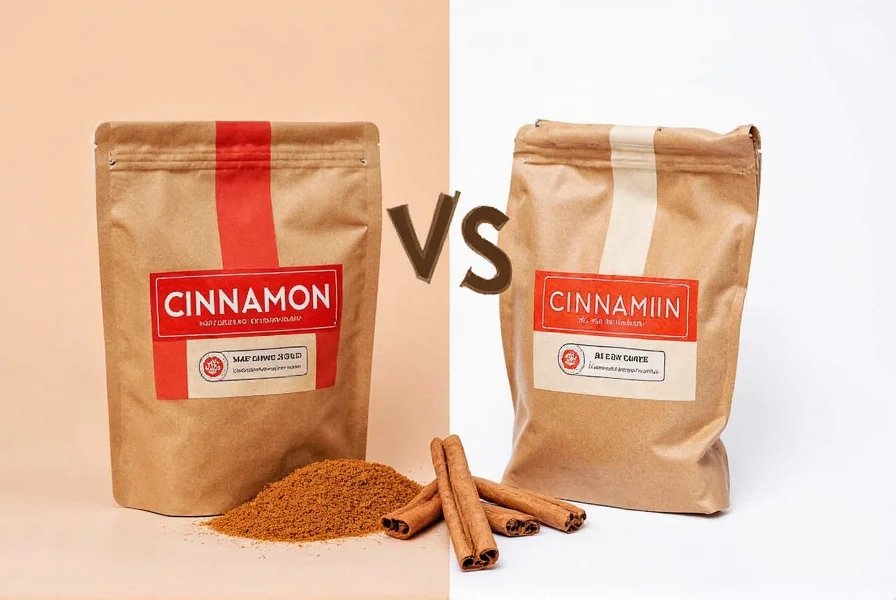
Cinnamon vs Cinnimin: What's the Difference?
There is no practical difference in flavor, origin, or usage. The spelling "cinnimin" usually appears in international markets or translated texts due to language variations. Always check the ingredient list for Cinnamomum verum (Ceylon) or Cinnamomum cassia (Cassia) to confirm it's genuine cinnamon, regardless of the label spelling.
| Feature | Cinnamon | Cinnimin |
|---|---|---|
| Origin | English-speaking regions | Often found in international markets or translations |
| Flavor Profile | Sweet, warm, slightly woody | Same flavor profile |
| Main Source | Bark from Cinnamomum trees | Bark from Cinnamomum trees |
| Common Uses | Baking, hot drinks, savory dishes | Baking, hot drinks, savory dishes |
| Price Range | $0.50–$5.00 per ounce | $0.50–$5.00 per ounce |
Bottom Line?
In most cases, there's no difference between cinnamon and cinnimin — it's all about the label. But sometimes, especially in specialty stores, the term might refer to a specific type of cinnamon used in certain cuisines. We'll cover that too!
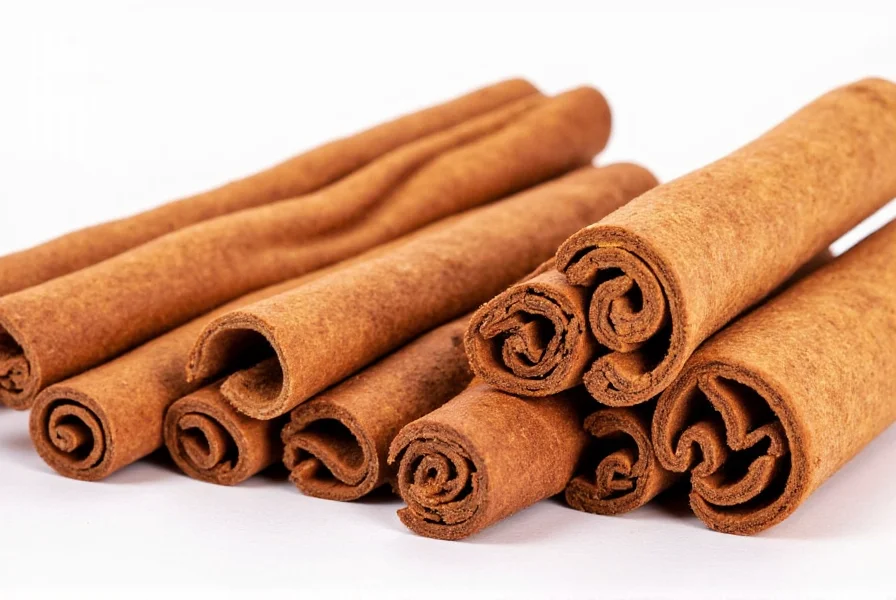
Types of Cinnamon & Their Spelling Variations
Before we go further, let's talk about the two main types of cinnamon recognized by culinary experts and food authorities:
- Ceylon Cinnamon – Also known as "true cinnamon," comes from Sri Lanka. Delicate, sweet flavor. The European Food Safety Authority (EFSA) recommends this variety for regular consumption due to lower coumarin levels.
- Cassia Cinnamon – More common in supermarkets, stronger and spicier. Often labeled simply as "cinnamon" in the U.S. Contains higher levels of coumarin, which can be harmful in large quantities.
Now, here's the fun part: depending on where you buy it, these may be labeled with spelling variations like:
- Cinnimin
- Kinamon
- Zimt (German)
- Kaneh (Hebrew)
- Jianmian (Mandarin transliteration)
So if you see "cinnimin" on a jar in a Middle Eastern grocery store or an online marketplace, don't panic — it's probably still safe and tasty! But always verify the scientific name to ensure authenticity.
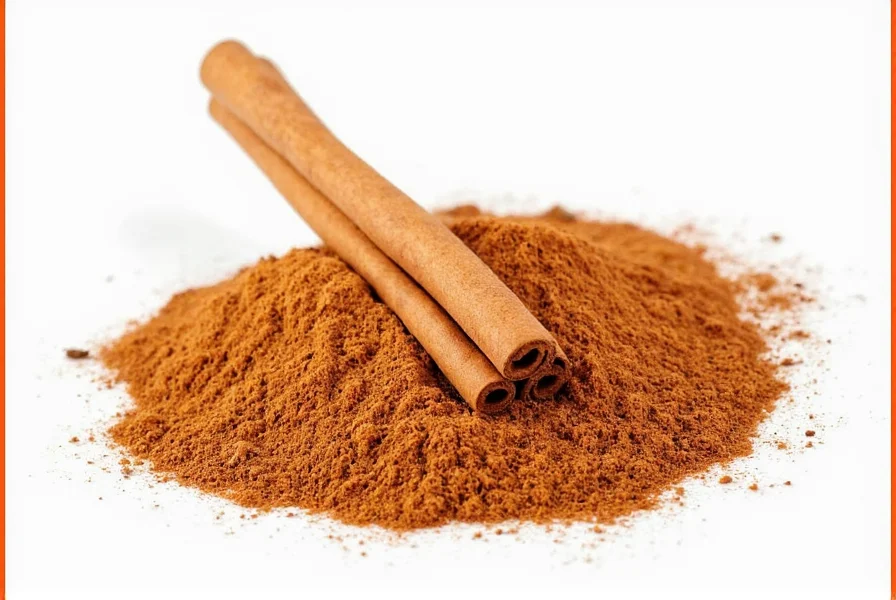
Why the Spelling Matters (Or Doesn't)
From a culinary standpoint, it doesn't really matter what the spice is called — what matters is how it's sourced, stored, and used. However, if you're buying cinnamon online or traveling abroad, knowing these alternate names can save you time and confusion.
Quick Tips to Avoid Spice Mishaps:
- Check the ingredient list — real cinnamon should list either Cinnamomum verum (Ceylon) or Cinnamomum cassia (Cassia).
- Smell the bottle! Real cinnamon has a strong, sweet aroma. If it smells dusty or bland, it's likely old or low quality.
- Ask the seller for clarification if unsure — especially when shopping internationally.
- Look for trusted brands like McCormick, Frontier Co-op, and Simply Organic that consistently use "cinnamon" on their packaging.
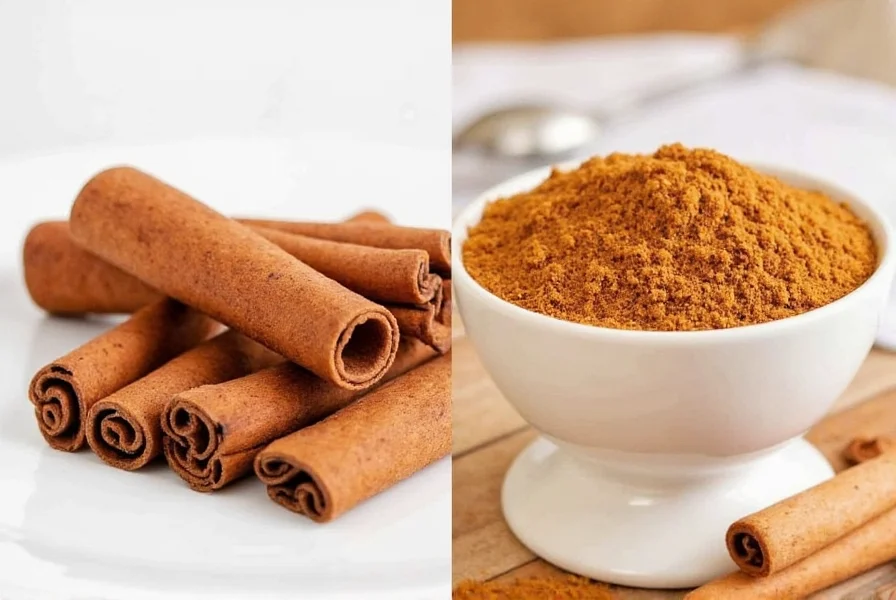
How to Use Cinnimin (or Cinnamon) Like a Pro
Cinnamon — or cinnimin, or however you want to spell it — is incredibly versatile. Here are a few ways to put it to work in your kitchen:
1. Stir Into Oatmeal
Add a pinch of cinnamon to your morning oats for a natural sweetness boost without sugar. According to the USDA, cinnamon can help regulate blood sugar levels when consumed in moderation.
2. Mix Into Coffee or Tea
Ever tried cinnamon coffee? Just add a small dash to your brew before pouring. You won't look back!
3. Bake with It
Cinnamon rolls, snickerdoodles, apple pie — need we say more?
4. Add to Savory Dishes
Middle Eastern and North African dishes often feature cinnamon in meat stews and rice dishes. Try it in a Moroccan tagine or Indian curry!
5. DIY Infused Syrups
Make your own cinnamon syrup for cocktails, lattes, or desserts. Simply simmer equal parts water and sugar with a cinnamon stick for 10 minutes.
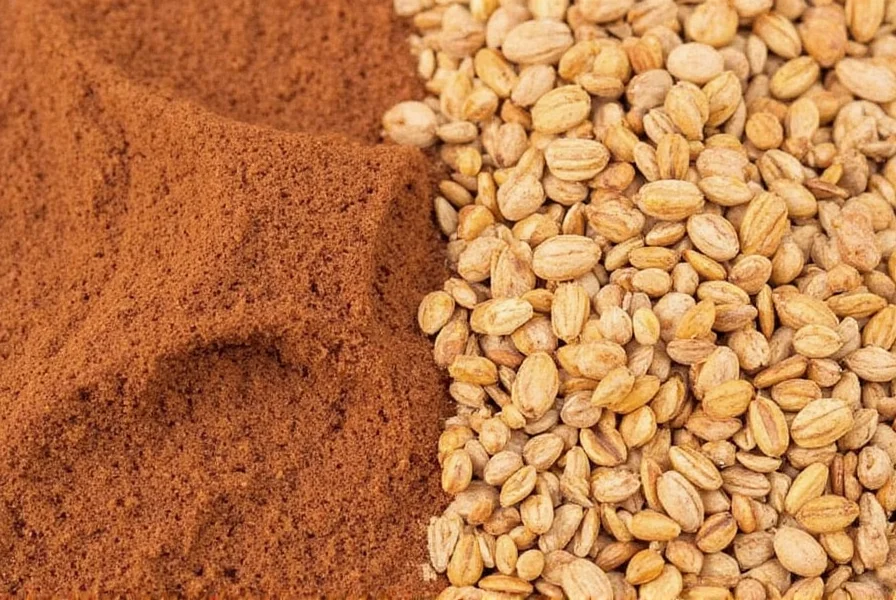
Buying Guide: Choosing the Right Bottle for Your Kitchen
When it comes to cinnamon (or cinnimin), not all products are created equal. Whether you're stocking up for holiday baking or experimenting with global flavors, here are a few key things to consider:
1. Whole Sticks vs. Ground Powder
- Whole sticks: Last longer, ideal for infusing liquids (like tea or syrup). Great for presentation too!
- Ground powder: Easier to mix into batters and dry rubs. Be sure to store in a cool, dark place.
2. Cassia vs. Ceylon
- Cassia: Stronger flavor, cheaper. Common in supermarkets. Contains higher levels of coumarin, which can be harmful in large quantities.
- Ceylon: Milder, sweeter, often considered higher quality. Pricier but worth it for purists. Recommended by the European Food Safety Authority for regular consumption.
3. Organic vs. Non-Organic
- Organic: Free from synthetic pesticides and fertilizers. Good choice for health-conscious cooks.
- Non-organic: May contain trace chemicals, but still safe in small amounts.
4. Bulk vs. Small-Sized Containers
- Bulk: Cost-effective for frequent users or bakers.
- Small size: Perfect for trying out new brands or storing multiple varieties.
Recommended Products
1. Frontier Co-op Ceylon Cinnamon Sticks
Features: Organic, ethically sourced, packaged in recyclable containers.
Use Case: Ideal for tea, syrup-making, or garnishing desserts.
Best For: Purists and tea lovers who appreciate subtle flavor profiles.
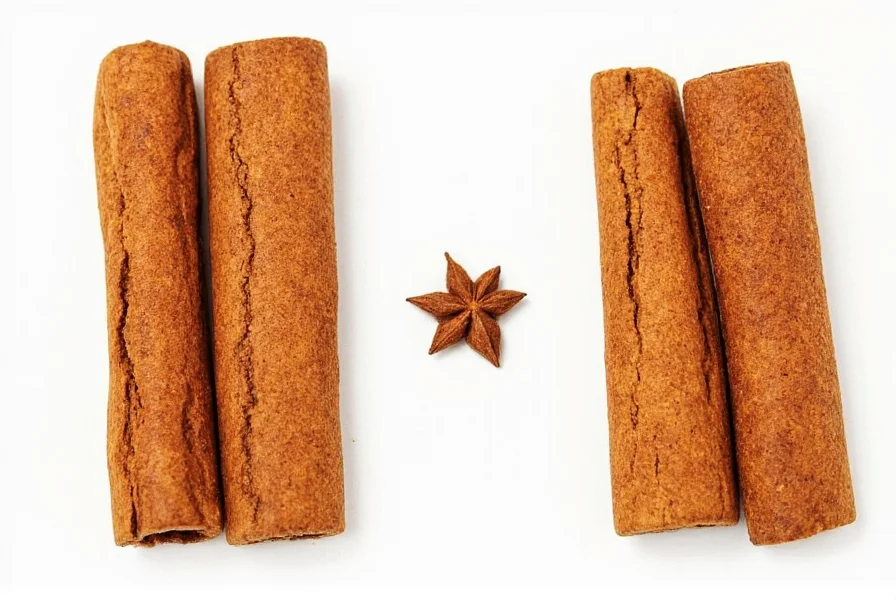
2. McCormick Ground Cinnamon
Features: Affordable, widely available, consistent flavor.
Use Case: Everyday baking, cooking, and seasoning blends.
Best For: Home bakers and budget-conscious buyers.
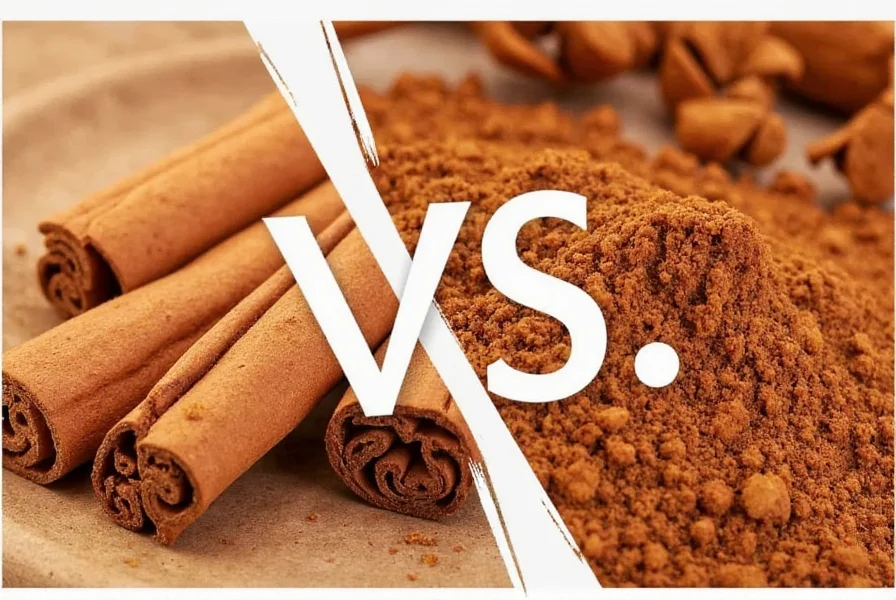
3. Artisana Organics Raw Cinnamon Powder
Features: Raw, organic, unprocessed, vegan-friendly.
Use Case: Smoothies, raw desserts, energy balls.
Best For: Health enthusiasts and raw foodies.
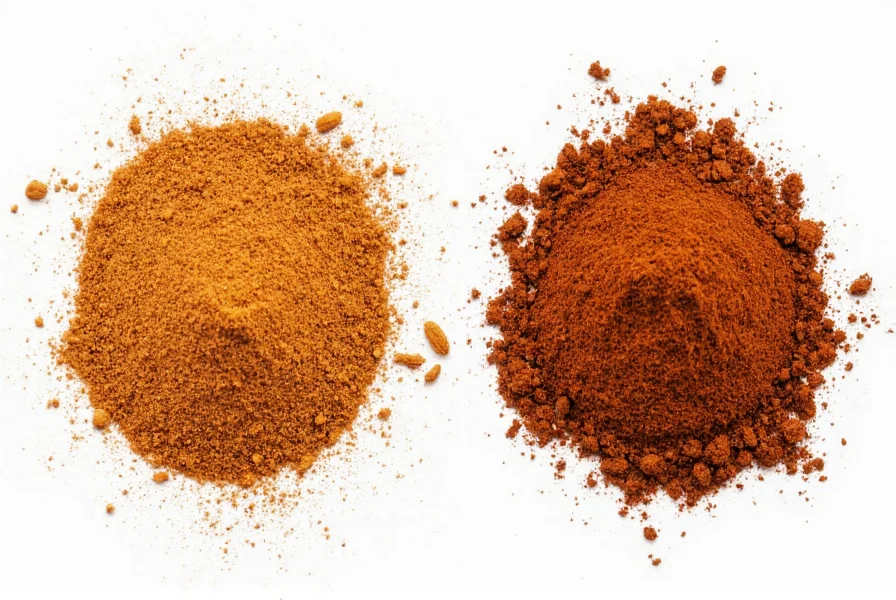
Conclusion: Embrace the Spice Confusion
In summary, cinnimin is not a real spice — it's simply a misspelling of cinnamon. Whether you're baking, cooking, or just curious about spices, always look for "cinnamon" on the label and check for scientific names to ensure authenticity. With this knowledge, you can confidently use cinnamon in your kitchen without confusion.
So next time you spot "cinnimin" on a shelf somewhere, smile, pick it up, and embrace the mystery of the spice world — one sprinkle at a time.
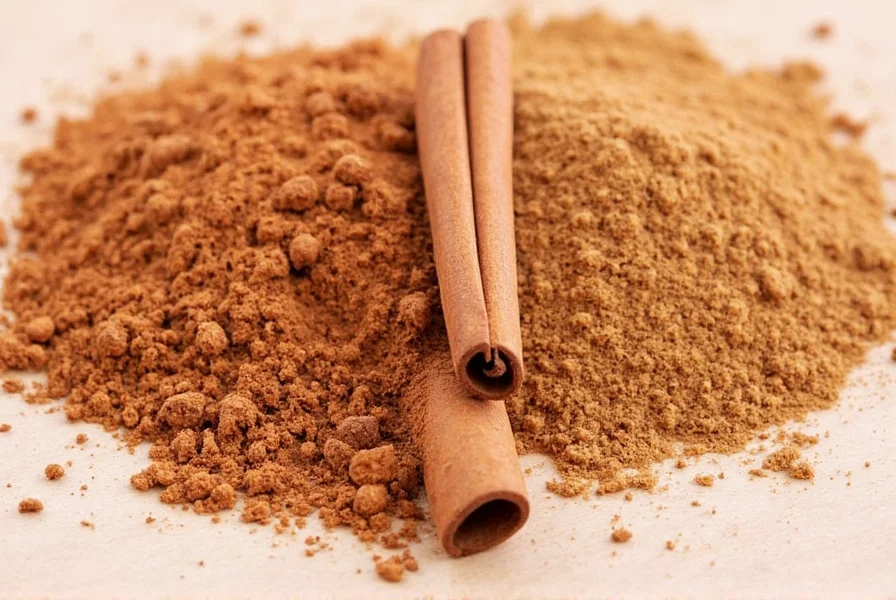
Frequently Asked Questions
Is cinnimin a real spice?
No, cinnimin is not a real spice. It's a common misspelling or phonetic translation of cinnamon. According to the U.S. Food and Drug Administration (FDA) and the United States Department of Agriculture (USDA), cinnamon is the only recognized spice name for the bark of Cinnamomum trees. Any variation like "cinnimin" is simply a linguistic adaptation, not a distinct spice.
What is the difference between cinnamon and cinnimin?
There is no practical difference in flavor, origin, or usage. The spelling "cinnimin" usually appears in international markets or translated texts due to language variations. Always check the ingredient list for Cinnamomum verum (Ceylon) or Cinnamomum cassia (Cassia) to confirm it's genuine cinnamon, regardless of the label spelling.
Why do some products spell it as cinnimin?
This often happens when the English word "cinnamon" is transliterated into other languages. For example, in some European or Asian countries, it might be written as "cinnimin," "kinnamon," or "sinnimon" based on local pronunciation. It's not a standardized term but rather a linguistic quirk from cross-language translation.
Can I use cinnimin interchangeably with cinnamon in recipes?
Absolutely! If a recipe calls for cinnamon and you have "cinnimin," they are functionally identical. The substitution won't affect taste or texture. Just ensure the product isn't expired or contaminated — smell it for that signature sweet, woody aroma before use.
How should I spell it correctly in English?
The standard English spelling is "cinnamon" (with two 'n's followed by 'o'). While "cinnimin" might appear on some labels, it's considered a non-standard variant. When writing, searching online, or following recipes, use "cinnamon" for accuracy and consistency.
Pro Tip:
Store your cinnamon in an airtight container away from light and heat. This preserves flavor and extends shelf life. And if you ever run out mid-recipe? Don't worry — you can always improvise with nutmeg, allspice, or even pumpkin pie spice in a pinch!

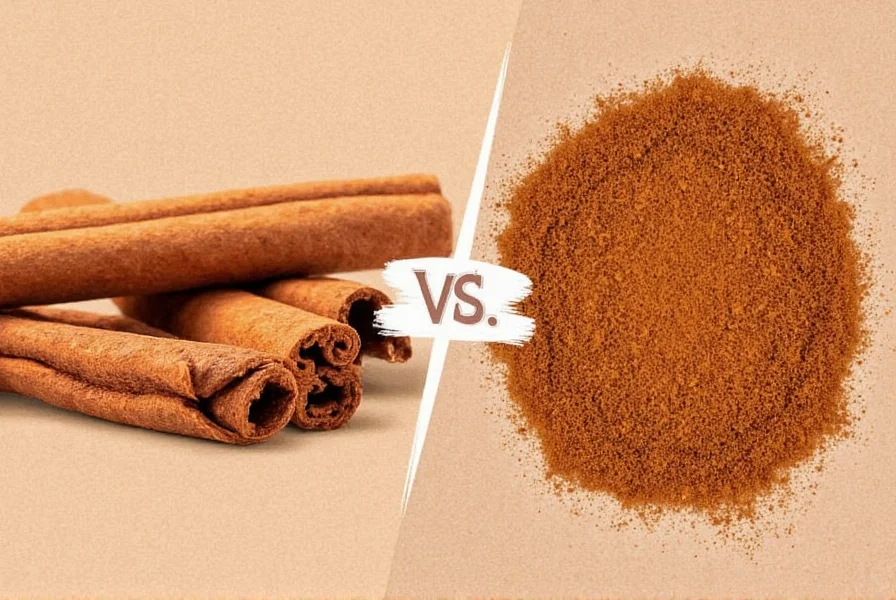









 浙公网安备
33010002000092号
浙公网安备
33010002000092号 浙B2-20120091-4
浙B2-20120091-4